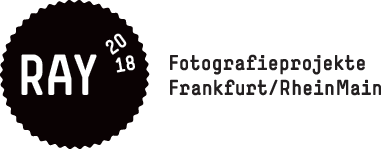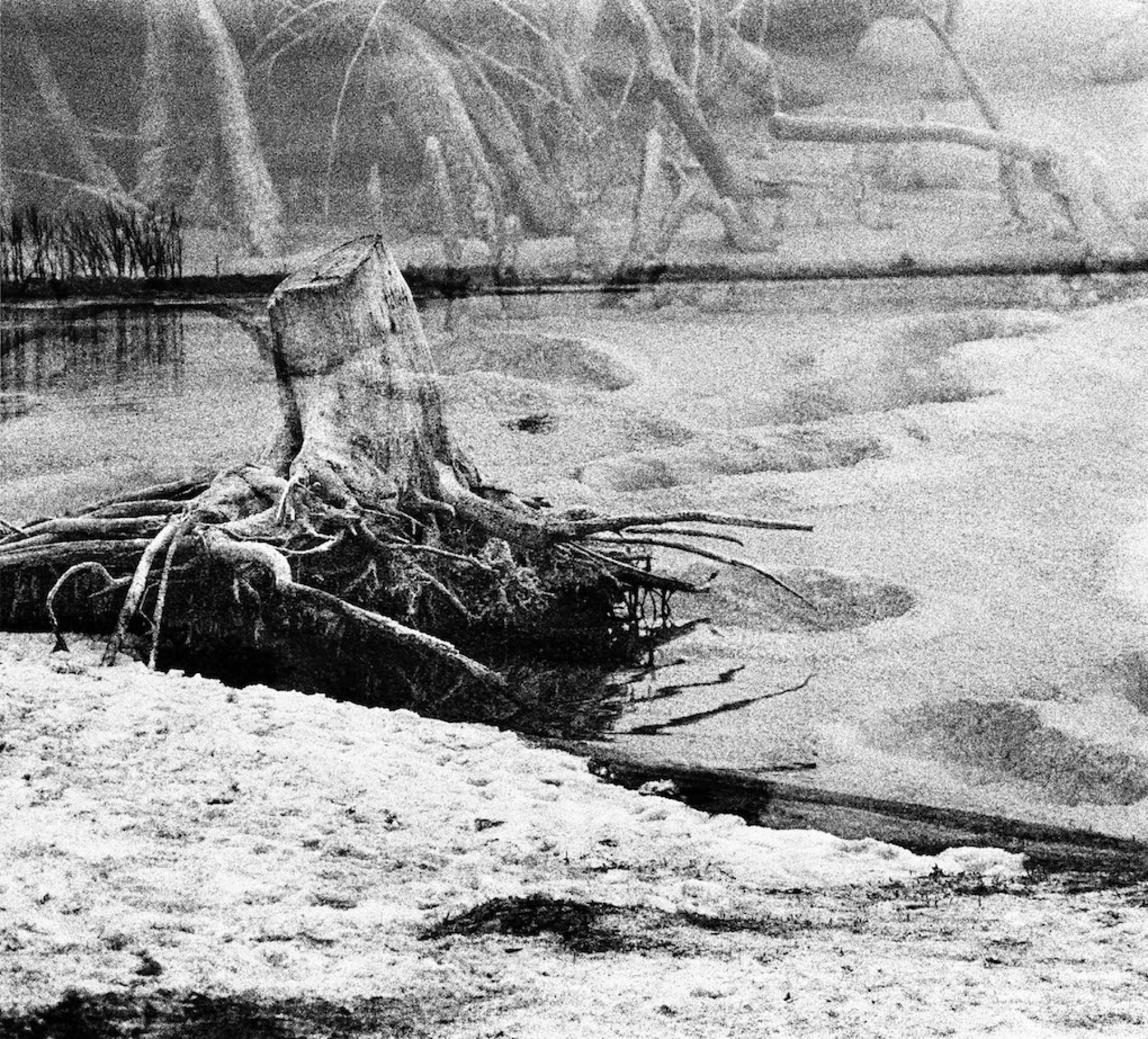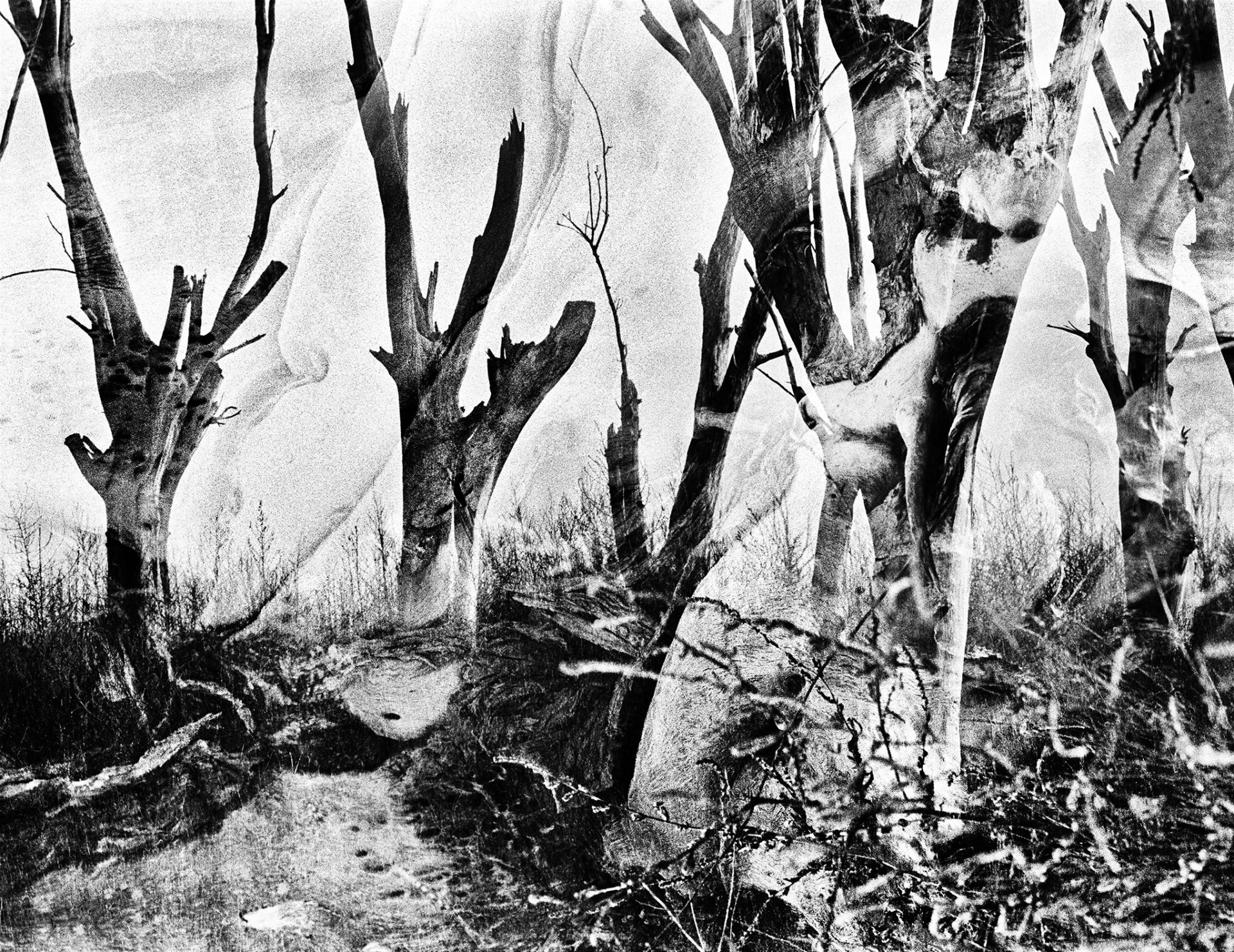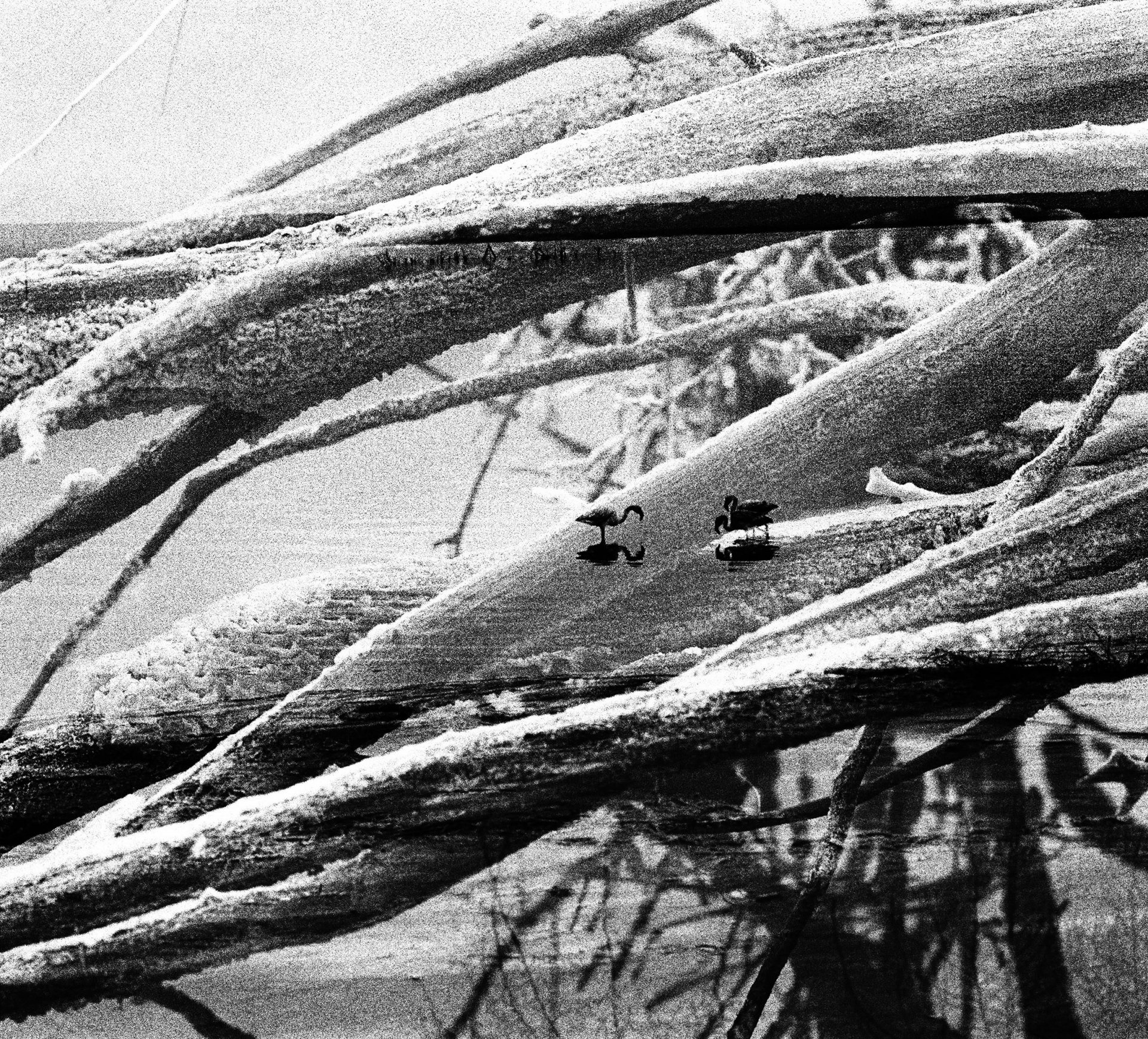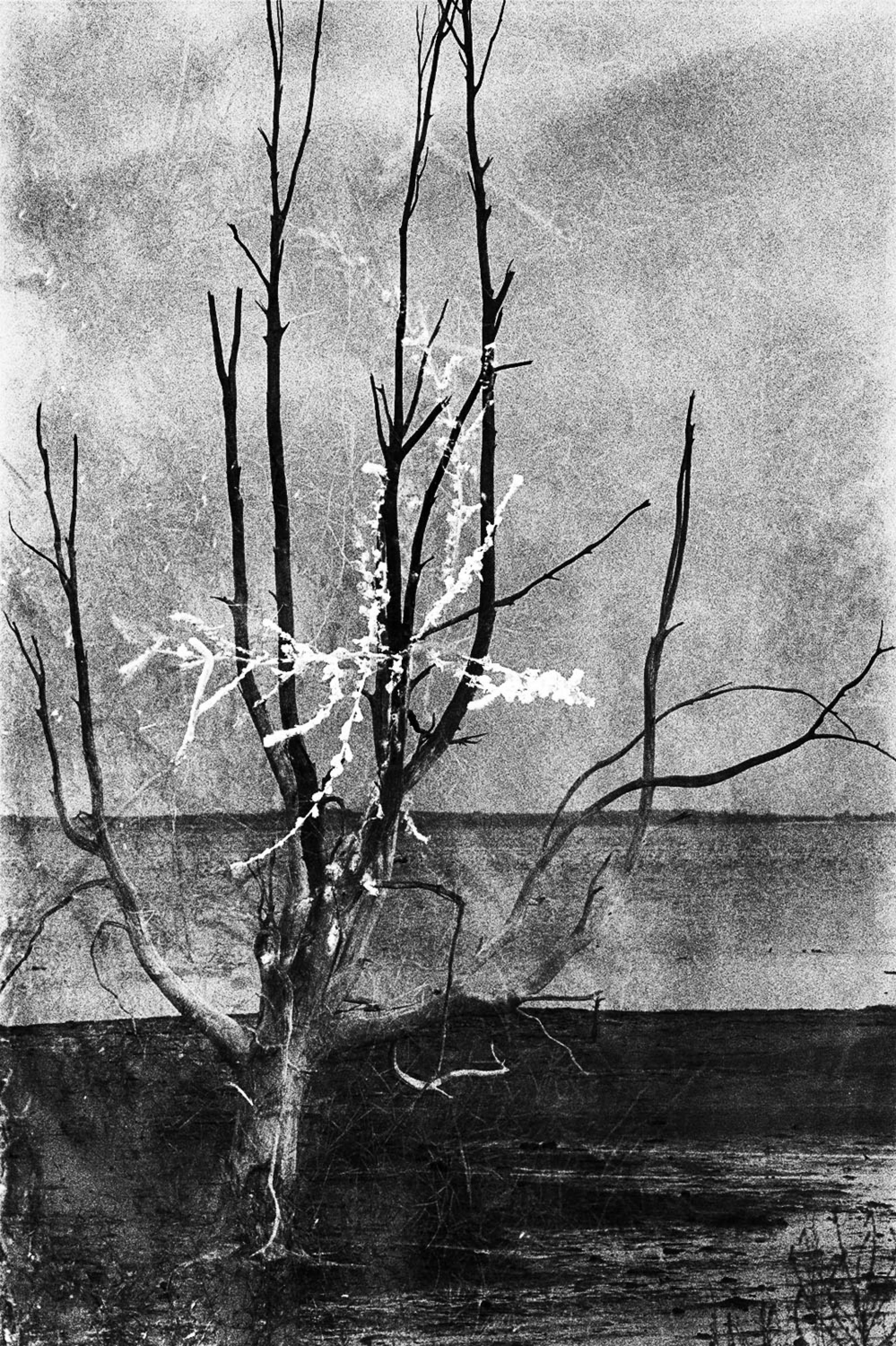EXTREME. ENVIRONMENTS, Fotografie Forum Frankfurt, 24.05.- 09.09.2018
Interview with Paula Luttringer
RAY: Can you tell us a little bit about your work Entrevero? What kind of catastrophe do you capture in it and how does it relate to the photographic technique?
Paula Luttringer: During the dictatorship of the 1970s, Argentina’s infrastructure was neglected, so that in 1985, after a season a heavy rains, flood waters broke through a dam in a salt lake and inundated a spa town called Villa Epecuen. Within days the whole town disappeared under ten meters of salty water. Villa Epecuen remained beneath the surface of the salt lake for over twenty years, until in 2009, shifting weather patterns led to a drought, and the remains of the town and all its trees emerged, glistening with salt, drying and bleaching like bones in the sun.
"Entrevero is haunted landscapes of broken trunks and unearthed roots layered texturally on each other as memory is layered."
The catastrophe at Villa Epecuen occurred not only in the physical world, but also in the minds of all the people who lost everything. Entrevero is haunted landscapes of broken trunks and unearthed roots layered texturally on each other as memory is layered.
RAY: For your series Entrevero you layered different photographies - what’s your interest in altering reality? What is being added in contrast to pure documentation?
Paula Luttringer: Actually it depends on which way you see reality. I don’t see myself altering reality, I see things in layers.
RAY: Why did you choose a black and white format?
Paula Luttringer: I have been using the same analog camera and the same film, for twenty years, and I don’t feel a need to change it.
RAY: In your series El Matadero from 1995 you captured a slaughterhouse in Argentina. How do you connect this topic to politics in general?
PL: I don’t connect it the topic of a slaughterhouse to politics in general. I connect it with the history of my life and the lives of many of my generation in Argentina. Images of vulnerable bodies being tormented and violated were fragments of my own memory and of the collective memories of many young people of my generation who were kidnapped and disappeared. These metaphorical images were a first step for me toward recapturing my own history and truth.
"I don’t go to nature to document it but to be part of it. The images that arise when I am in the wild are a reflection of what is inside me at the time."
RAY: Why do you consider the documentation of environments via photography important?
PL: I don’t go to nature to document it but to be part of it. The images that arise when I am in the wild are a reflection of what is inside me at the time.
RAY: Do you consider documentary photography as a political means?
PL: Is there anything in life that is not political?
RAY: What does Extreme mean to you? How do you relate to the topic EXTREME with your own artistic practice?
PL: I think that each artist’s practice is extreme if they draw upon what is inside themselves and are truthful to their practice.
RAY: The curatorial team of RAY 2018 states that “extreme is inextricably tied to photography”. Do you agree?
PL: Yes. Oftentimes, photographers put their bodies in the place where the event is happening. Photography is an art that is in the middle of things, is in the moment, and that is extreme.
RAY: Do you see boundaries (political, aesthetic, moral, ethic etc.) in imaging the “Extreme” in your own practice?
PL: I don’t like boundaries. I recognize boundaries when I meet them. Whether a boundary is internal or external, I ask why it is there. A boundary demands interrogation.
